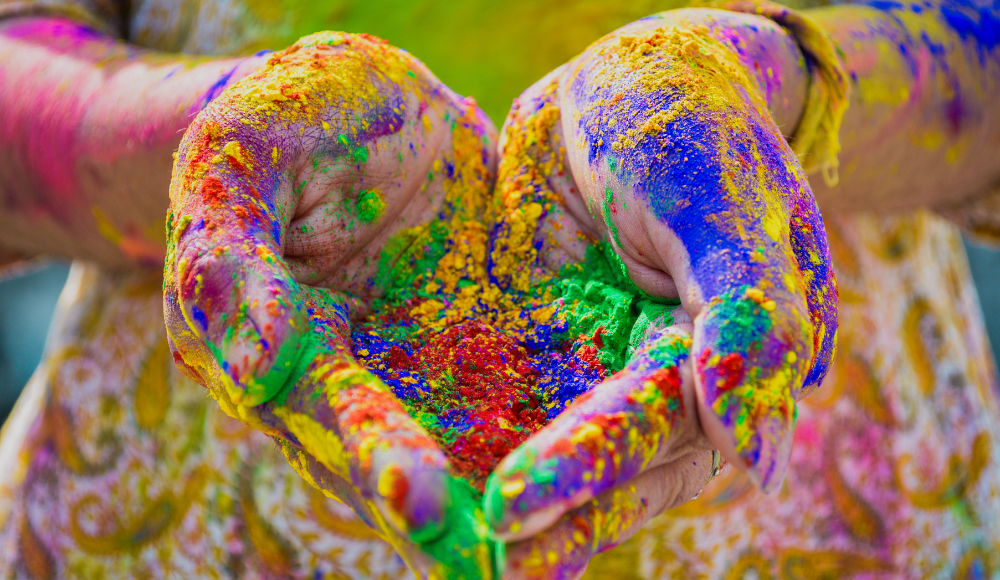Smearing each other with colours, the festival of Holi ushers in a carnivalesque mood among people of all age groups, every year.
While the main festival of colours is officially due in a couple of days, a lot of people in the country have already started indulging in merrymaking.
Holi marks the beginning of Indian summer, the end of winter, and the blossoming of love. The festival also serves as an invocation for a prosperous spring harvest.
It begins on the evening of the Purnima (Full Moon Day), which falls in the Hindu calendar month of Phalguna, which corresponds to the middle of March in the Gregorian calendar. It lasts for a night and a day. Holika Dahan or Chhoti Holi is the name given to the first evening, and Holi, Rangwali Holi, Dol Purnima, Dhulandi, Ukuli, Manjal Kuli, Yaosang, Shigmo, Phagwah, or Jajiri is the name given to the second day of celebration.
Most of us observe Holi every year, but do you know why we actually celebrate it?
An ancient Hindu festival, which later became popular among non-Hindu communities as well, Holi heralds the arrival of spring after winter. It signifies the victory of good over evil and is celebrated as a day of spreading happiness and love. The festival is also celebrated as thanksgiving for good harvest.
The legend
According to Bhagvata Purana, King Hiranyakashipu–the king of demonic Asuras, who could neither be killed by a man or an animal–grew arrogant and demanded that everybody should worship him as god.
The king’s son, Prahlada, disagreed and chose to remain devoted to Vishnu. Hiranyakashipu was infuriated and subjected his son to cruel punishments. Finally, Holika, the king’s sister, tricked him into sitting on a pyre with her. While Holika protected herself with a cloak, Prahlada remained exposed. As the fire blazed, the cloak flew from Holika’s body and encased Prahlada, thus saving his life.
Later, Vishnu appeared in the avatar of Narsimha, half man and half lion, and killed the king. This is why Holi begins with the Holika bonfire, which marks the end of evil.




Comments are closed.